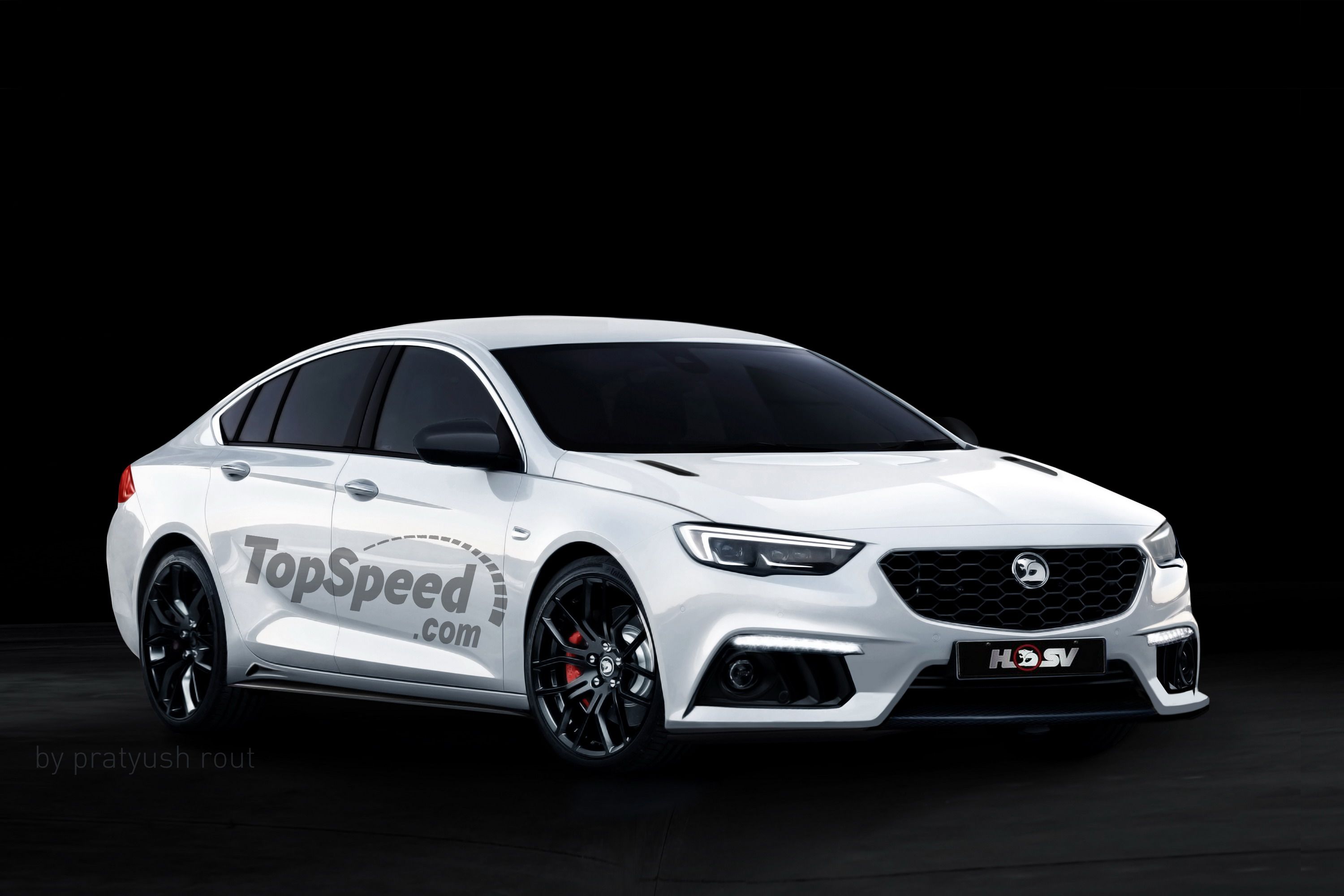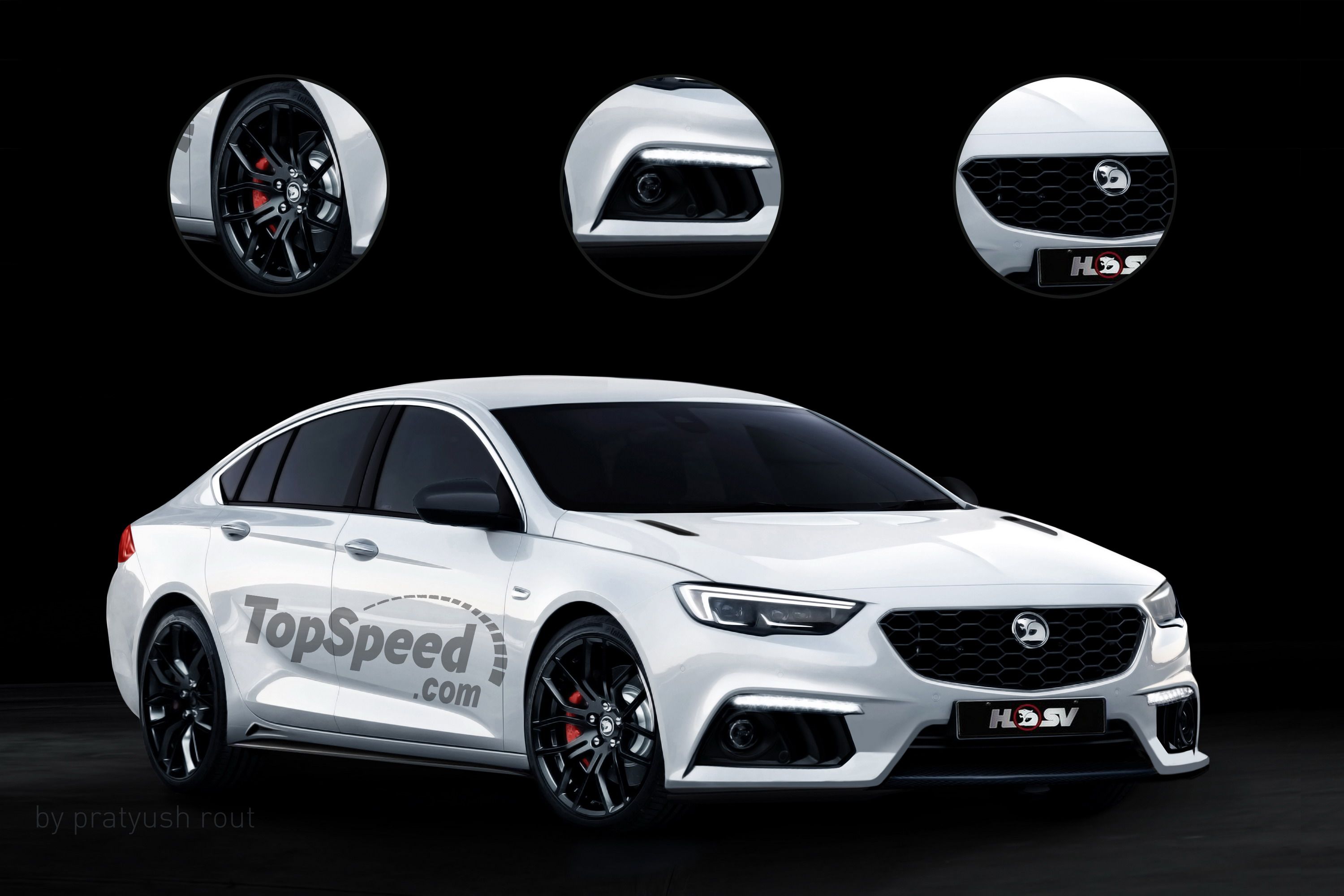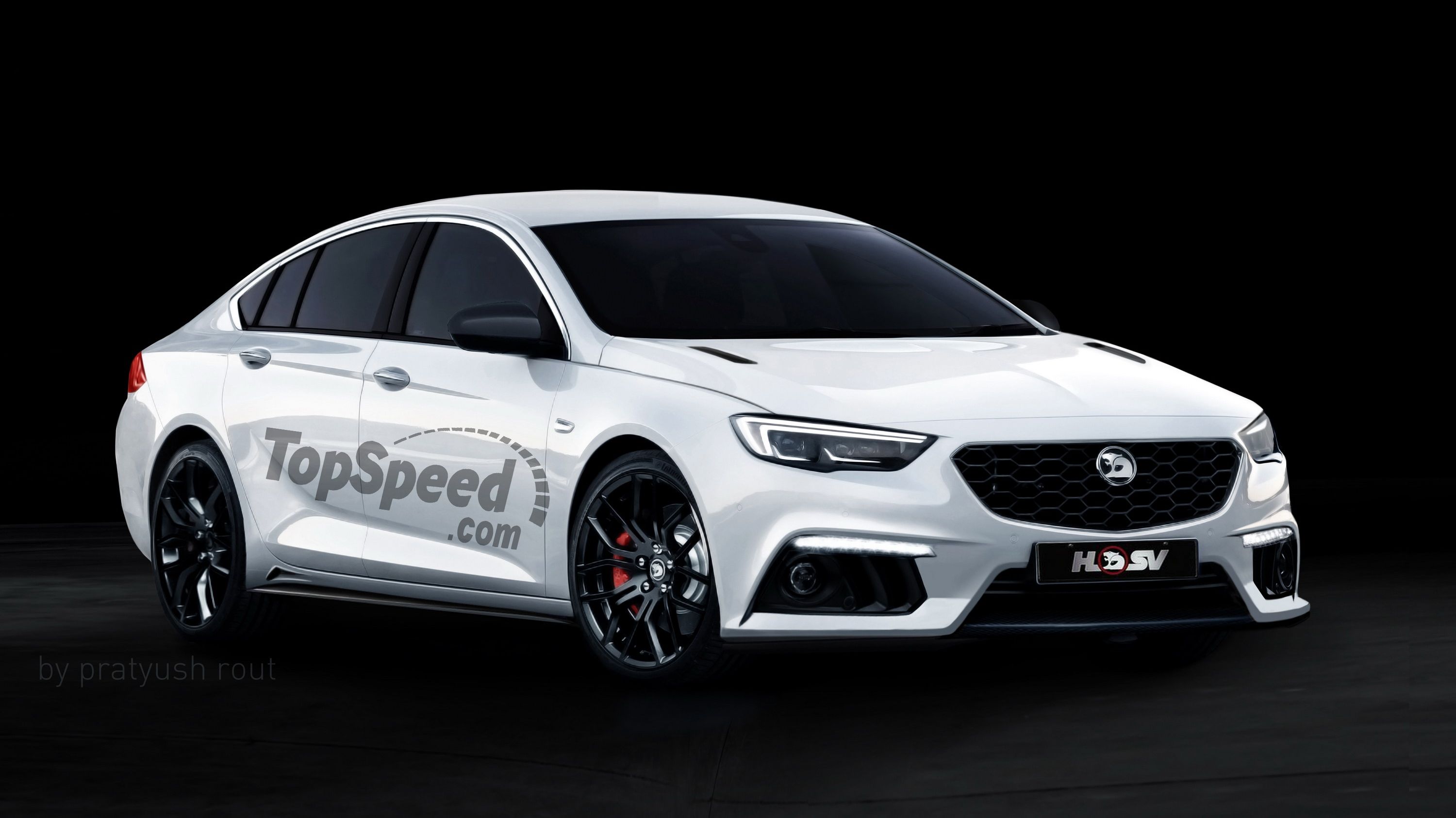When Holden announced that it will cease building vehicles in Australia at the end of 2016, there were all sorts of rumors about what will happen to the iconic brand. Come 2017 and it seems that Holden will continue to live on, just like General Motors predicted, by selling a number of rebadged GM products. This is by no means a new strategy, but unlike previous decades, the Commodore is no longer engineered and built in Australia. Instead, the famous nameplate is now being used for the Australian version of the Opel Insignia.
Redesigned for 2017, the current Insignia was moved up market in terms of design, materials, and technology. Shipped to Australia with almost the same features as the European model, the Insignia will also become the base model for HSV's successor to its high-performance Commodore. Information is slim as of this writing, but Holden Special Vehicle has already confirmed that it will continue to build cars beyond the Australian-made Commodore's discontinuation. There's little doubt that the next HSV Commodore will be based on the German-made Insignia and we should see the beefed-up sedan show up in dealerships by the end of the year.
Interestingly enough, GM just sold the Opel division to PSA, which means that the German marque is now owned by Peugeot and Citroen. This should affect Insignia production given that GM and PSA signed certain agreements about existing models, but it remains to be seen how things will evolve. Meanwhile, let's have a closer look at what the upcoming HSV Commodore might bring to the table.
Continue reading to learn more about the HSV Commodore.
2019 HSV Commodore
- Make: Array
- Model: 2019 HSV Commodore
- [do not use] Vehicle Model: Array
Exterior
Although it's identical to the new Opel Insignia, the new Holden Commodore looks pretty hot in standard trim. Sure, it's no longer a domestic design and I bet some of you die-hard fans from Down Under will have a hard time adopting the Opel-based sedan, but hey, it's better than the Commodore nameplate being discontinued altogether, right? On top of that, it's pretty clear that HSV will have a great base to work with, as the Insignia has great potential when it comes to receiving beefed-up body parts.
It's safe to assume that HSV will use the same recipe and give the front fascia a more aggressive stance using a new bumper and grille section. As you can see in our rendering, the side intakes will grow dramatically and all the chrome will be deleted for a more subtle look. The daytime running lights would also look cool higher in the bumper, so our artist moved them to the top of the redesigned intakes. On top of losing the chromework, the grille will also gain a new mesh, most likely in a honeycomb pattern. Let's face it, honeycomb works well on these high-performance sedans. I also exepct to see a couple of extra vents in the engine hood, as well as an HSV logo on the grille.
Onto the sides, the bumper that extends lower toward the ground will have to be matched by similar side skirts, most likely made from carbon-fiber. A couple of small vents toward the rear wheels will help cool the larger brakes. The regular wheels will be replaced by HSV's gorgeous multi-spoke rims, although the Australian firm will most likely come up with a new design.
Around back, HSV will add two key elements. First up, the bumper will be redesigned to accommodate a race-inspired diffuser. This unit should include large vertical fins and give the sedan better stability through the bends. Also look for larger exhaust pipes at each corner. The trunk lid should also get a big spoiler, if not a proper fixed wing for enhanced aerodynamics. Some "HSV" badges, black-painted mirror caps (and maybe even window trim) should round off the exterior.
Interior
Note: Opel Insignia interior shown here.
Much like the exterior, the interior of the new Commodore is heavily based on the Insignia. And this is a good thing, as the German sedan has an uncluttered center section with a large eight-inch infotainment screen and a gorgeous dashboard design that forms a V-shaped pattern just above the center console. The styling is minimalist, but makes the cabin feel light and roomy. It's definitely modern and a big improvement over the previous Commodore.
The sedan also boasts more soft-touch surfaces and even high-end materials, making this generation Commodore the most comfortable and upscale Australian car yet. The seats have also been improvemed and come with heating and cooling, as well as a massage function. An active noise-cancelling function makes the cabin quieter than ever before.
Tech-wise, it gets the latest connectivity features offered by GM’s IntelliLink and OnStar system, including is the newly released Personal Assistant service. This service allows users to directly contact an OnStar “advisor,” who will help to manage logistics like finding a hotel and reserving a room. The infotainment system also includes the familiar 4G LTE Wi-Fi hotspot, which allows all passengers to access the web on their respective devices.
Expect all of the above to carryover in the HSV, but look for the high-performance division to add several unique touches. There should be bespoke upholstery options with contrast stitching, "HSV" embroidery, and aluminum trim on the dashboard and door panels. Carbon-fiber could be offered as an option. Also expect to find sportier front seats, a set of sports pedals, and a custom steering wheel. The instrument cluster should have a more aggressive design, while the infotainment system should get a custom display and at least a performante-oriented app for track use.
Drivetrain
Note: Current Commodore enigne shown here.
HSV will definitely make the Commodore more powerful than the the standard Holden, but there's a big chance we'll no longer see a V-8 under the hood. While the previous generation had a Chevy-sourced V-8, the new platform and the design of the current model will probably force HSV to use smaller powerplants.
At least two engines will be made available from launch for the non-HSV model. There will be turbocharged, 2.0-liter four-cylinder with at least 165 kW (221 horsepower), while the range-topping model will get its juice from a 3.6-liter V-6 rated at 230 kW and 370 Nm of torque (308 horsepower and 273 pound-feet). Transmission choices will include a six-speed manual or an eight-speed automatic.
There's no official word as to what engine HSV could use for the new Commodore, but the twin-turbo, 3.6-liter V-6 in the Cadillac ATS-V sounds like a safe bet. The said unit cranks out 346 kW and 600 Nm of torque (464 horsepower and 444 pound-feet) and sends the American compact flying from 0 to 60 mph in less than four seconds. Knowing HSV and the kind of tech and setup it uses, the Commodore might be able to hit the same benchmark just as quick. The optional all-wheel-drive system will also help the HSV hit 60 in significantly less than four ticks. Actually, given that the standard setup is front-wheel drive, HSV might work with AWD models only.
The chassis should get its fair share of modifications too, including a stiffer suspension and larger brakes. The latter will probably be a rotor and caliper package from AP Racing.
Prices
Pricing for the upcoming HSV Commodore is still a mystery at this point, but it's safe to assume that it will cost more than the outgoing model. Also, estimating a price is rather difficult since the HSV range will most likely include two or three models at first. But we'll be back with information as soon as we have it.
Competition
Ford Mustang
With Ford's Australian production halted in 2016 and the high-performance FPV division shut down in 2014, the HSV Commodore will no longer have its traditional rival. Ford did replace the Falcon with the Euro-spec Mondeo (Fusion in the United States), but there's no performance version of the sedan yet. And, given that Ford Performance Vehicles is dead and buried, we might not see one anytime soon. As a result, the only go-fast car you can get from Ford is the Mustang GT. Granted, it has only two doors and it's not as roomy as the Commodore, but I bet no one is buying an HSV for the space. The GT is the range-topping Mustang in Australia as of 2017 and comes with the familiar, naturally aspirated, 5.0-liter V-8 engine. The unit cranks out 306 kW and 530 Nm of twist (410 horsepower and 391 pound-feet), which should be enough to give the beefed-up Commodore a run for its money output-wise. On the flipside, the GT isn't as capable on the race track and likely will be slower than the HSV. But, the more affordable sticker of the Mustang should make the GT quite the deal.
Learn more about the Ford Mustang here.
Conclusion
Needless to say, the upcoming HSV Commodore is a pretty big mystery at this point. Although the regular Commodore has already been unveiled and it's pretty much an Opel Insignia with a different badge, we don't know much about what upgrades HSV will add to the sedan. It will be powerful, it will be fast, and it will have a range of bespoke features, but specific information is not yet available. What's more, the engine under the hood is a complete enigma. But whatever happens, at least Holden Special Vehicles won't have the unfortunate fate of Ford Performance Vehicles and enthusiasts from Down Under will continue to get beefed-up Commodores.




